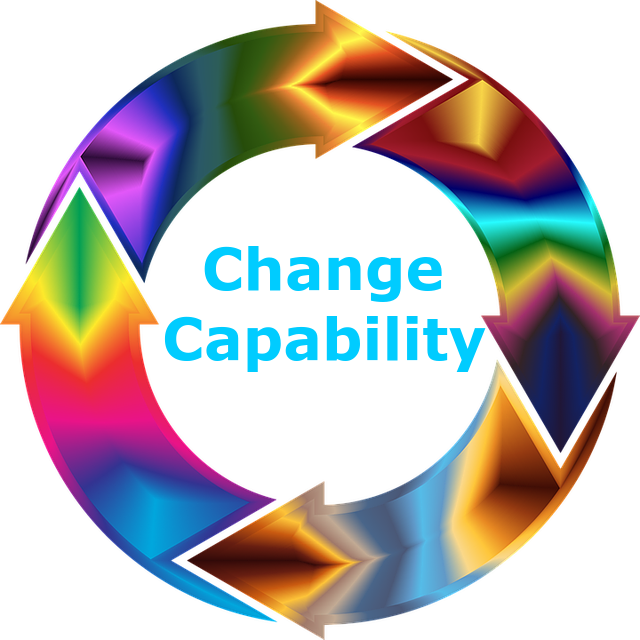The Change Capability Quotient

By Jo Yezak
We all know that time doesn’t and won’t stand still for anyone, not even the busiest CEO on the planet. Sorry folks, we can’t stop time. Nor can we stop change. Change is inevitable. In the topography of today’s business, continuous change is a new reality – and navigating it effectively is essential to activating strategy and moving organizations forward.
Recent research has developed a blueprint for excellence in managing continuous change, incorporating both proven and innovative practices enabled by modern technology. This blueprint is encapsulated in what is known as the Change Capability Quotient (CCQ). Organizations that leverage the CCQ can transform into resilient, high-performing entities that exceed expectations, deliver superior experiences to employees, and achieve quicker, more impactful results.
So why does everyone seem to have a love/hate relationship with change? We all do, at least most of us do. We are split into two groups: the disruptors and the disrupted. Which group are you and your company part of? That might answer if you love change or hate it.
As technology evolves rapidly, the challenge is to stay ahead of the curve. With Generative AI set to impact 44% of our working hours, it’s clear that leaders must focus on human-centered change and foster a resilient culture to navigate future uncertainties. Currently, 80% of companies are preparing for change projects, and 95% of C-suite executives are allocating revenue to these initiatives.
When managed well, change can be a powerful driver of innovation and growth. Leaders and teams across businesses need to embrace change efforts and understand the capabilities linked to successful change management. The Change Capability Quotient can help predict the likelihood of success by measuring how well an organization manages continuous change. For leaders, mastering change is not just an add-on but a fundamental aspect of building culture and executing strategy. Change navigation is integral to the core functions of principal organizations.
In an era where change is not just inevitable but relentless, understanding and leveraging the Change Capability Quotient (CCQ) is more crucial than ever. The CCQ provides a strategic framework for organizations to navigate continuous change with agility and resilience. By integrating proven and innovative practices, businesses can transform challenges into opportunities, driving both growth and performance. As we move forward, it’s essential for leaders to recognize that change is not a one-time event but an ongoing journey. Embracing the CCQ means committing to a culture of continuous improvement and adaptability. Organizations that master this approach will not only survive but thrive in a rapidly evolving landscape.
Now is the time for leaders to assess their change capabilities, invest in the right strategies, and empower their teams to navigate the complexities of modern business. The path to success lies in our ability to not just react to change but to proactively shape it, turning potential disruptions into sources of innovation and advantage.
So, where does your organization stand? Are you positioned to be a disruptor or are you navigating the tides of disruption? The future belongs to those who embrace change with confidence and skill. Let the Change Capability Quotient be your guide as you lead your organization toward a future defined by resilience and exceptional performance.
